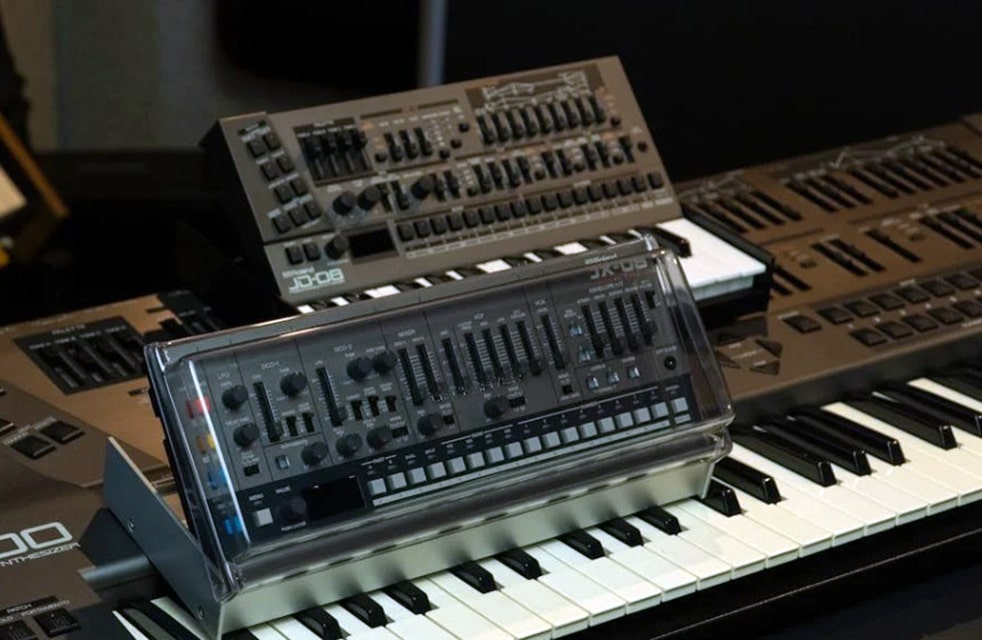Best
Versatile
Synthesizer
-
Overall: 9/10
-
Best Feature: Multi-Timbral Synthesis
-
TedScore™: 9/10
Best
Professional Synthesizer
-
Overall: 10/10
-
Best Feature: Motion Control Synthesis
-
TedScore™: 10/10
Best
Affordable Synthesizer
-
Overall: 7/10
-
Best Feature: 100 genre-based chord sets
-
TedScore™: 7/10
Enter the world of music production with the Roland XP50 as your trusted companion.
Not just any synthesizer, this music workstation combines the melodic power of the JV-1080 sound module with a capable MRC-Pro sequencer, making it a highly sought-after gem for any music enthusiast looking to create rich soundscapes.
The Roland XP50 is renowned for its innovative technology, packing 64 voices of polyphony and a 16-track sequencer into its sleek design.
With its distinctive features, the XP50 offers an expansive palette for your musical creativity. Get ready to dive deeper into this captivating synthesizer and explore how it unlocks endless possibilities in music production.
Features and Functionalities
The Roland XP-50 is a powerhouse workstation known for its rich tonal capabilities and extensive features. It combines advanced sound synthesis with flexible multitimbral capabilities, making it a favorite for musicians.
Roland XP 50
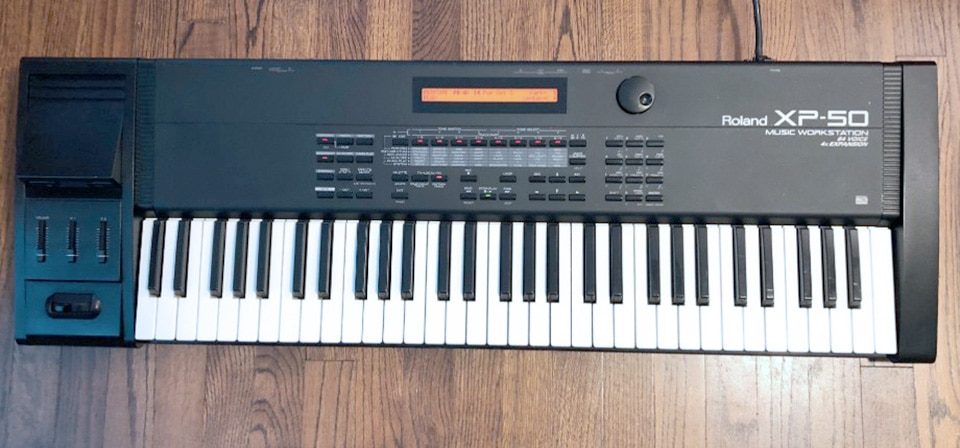
FEATURES: Multi-Timbral Synthesis
OTHER INFO:Extensive Sound Library
- Offers a wide range of sounds and multi-timbral capabilities
- User-Friendly Interface
- Older Technology
When you click ‘Check Price’, you’ll see there are loads of great places to buy this item. Our personal favorite is Sweetwater for the US, and Thomann and Gear4Music for the UK & Europe.
They are the largest music retailers, with excellent customer service, competitive prices, really fast shipping, and the longest guarantees.
The professional musician who wrote this article combined many things,
from the product build, manufacturer’s reputation through to feedback
from other users, to create our famous TedScore™.
Tone Generation and Filters
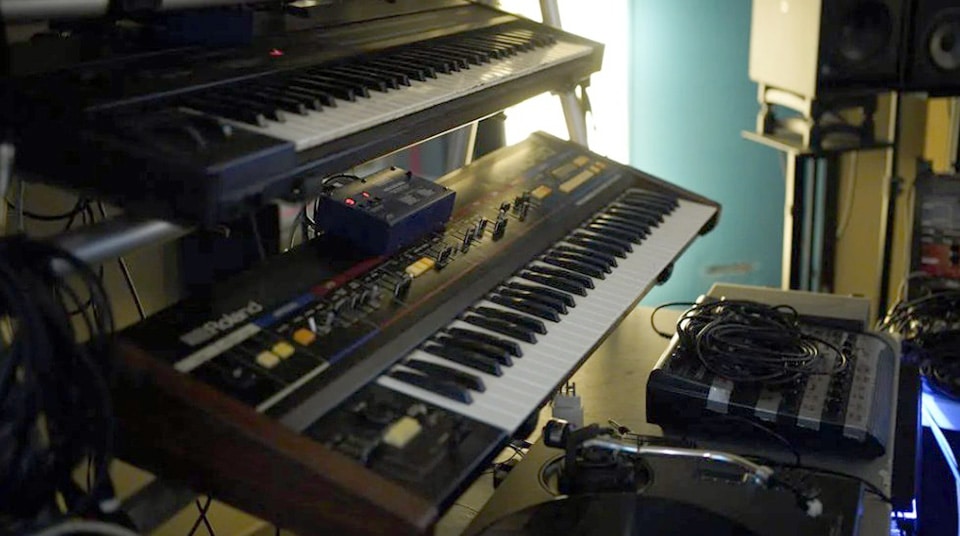
I find the XP-50’s tone generation to be top-notch. It boasts a 64-voice polyphony which is quite impressive, allowing me to layer sounds without cutting notes off. The synth engine integrates resonant filter options, providing the ability to shape the sound precisely to my liking.
I can use the Envelope Generators and LFOs for dynamic sound modification. With its wide range of patches and tones, I can explore different styles and genres with ease, all thanks to the sophisticated design of this instrument.
Effects Processors and Algorithms
When it comes to effects, the XP-50 shines with its variety. The workstation features diverse and editable effects algorithms, providing me with the tools to tailor my sound.
I particularly enjoy the quality of the chorus and reverb, which add depth and space to my compositions. The effects processors are robust, allowing me to experiment with numerous sound textures.
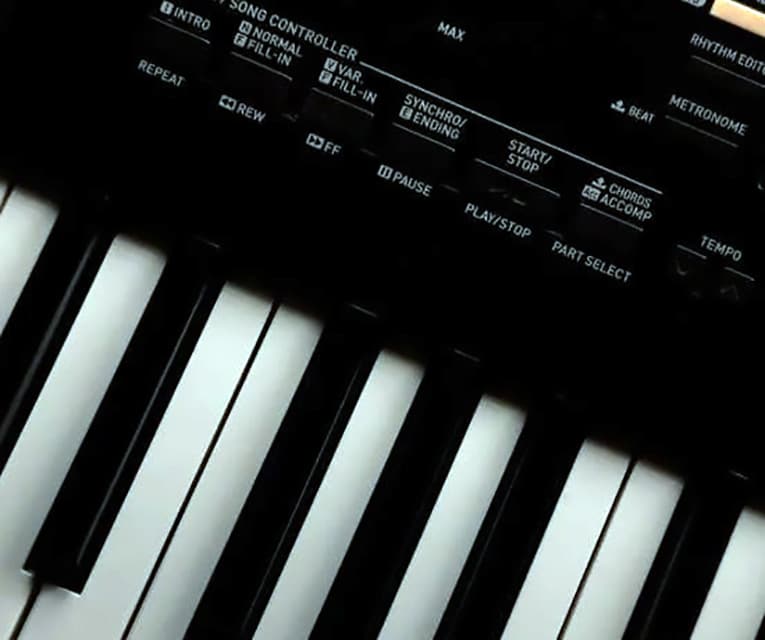
Multitimbral Capabilities
Multitimbral capabilities are a highlight of the XP-50. With a 16-part multitimbral capability, I can create complex arrangements seamlessly. This allows me to assign different sounds to various parts of a composition, providing versatility in production.

The 64-voice polyphony complements this beautifully, ensuring that each part is distinct without any compromise on sound richness. My creative processes thrive with these capabilities at hand, offering endless possibilities.
Technical Specifications
The Roland XP-50 is a robust music workstation combining advanced features and innovative technology. This section explores its keyboard, sound engine, sequencer capabilities, and expansion options.
Keyboard and Controllers
The XP-50 features a 61-note keyboard equipped with velocity and aftertouch sensitivity, offering dynamic performance control.
I love how it responds to subtle changes in playing pressure, allowing expressive performances. There are various onboard controllers, including modulation and pitch bend wheels, which provide real-time manipulation of sound parameters.

This keyboard is perfect for musicians seeking an intuitive and responsive interface. The addition of customizable controller settings makes it adaptable to different playing styles, providing a tailored playing experience.
Sound Engine and Polyphony

At the heart of the XP-50 is its powerful PCM sound engine. Supporting up to 64 voices of polyphony, it allows me to craft complex compositions without worrying about note dropouts.
This is crucial when layering multiple sounds or performing intricate pieces.
Sound customization shines with 512 preset patches and 128 user memory locations.
The unit also includes 40 sets of EFX, 8 types of reverb, and chorus effects suitable for diverse musical genres.
Sequencer and Patterns

The integrated MRC-Pro sequencer is designed for creating detailed compositions.
It includes memory for up to 100 patterns, which is fantastic for developing both simple and complex arrangements. I appreciate the flexibility of designing sequences and patterns on the fly.
Real-time and step-recording options offer further customization, making it easy to translate musical ideas into reality.
The sequencer contributes substantially to the workstation’s versatility, enhancing live performances by providing rich, pre-programmed backdrops.
Connectivity and Expansion
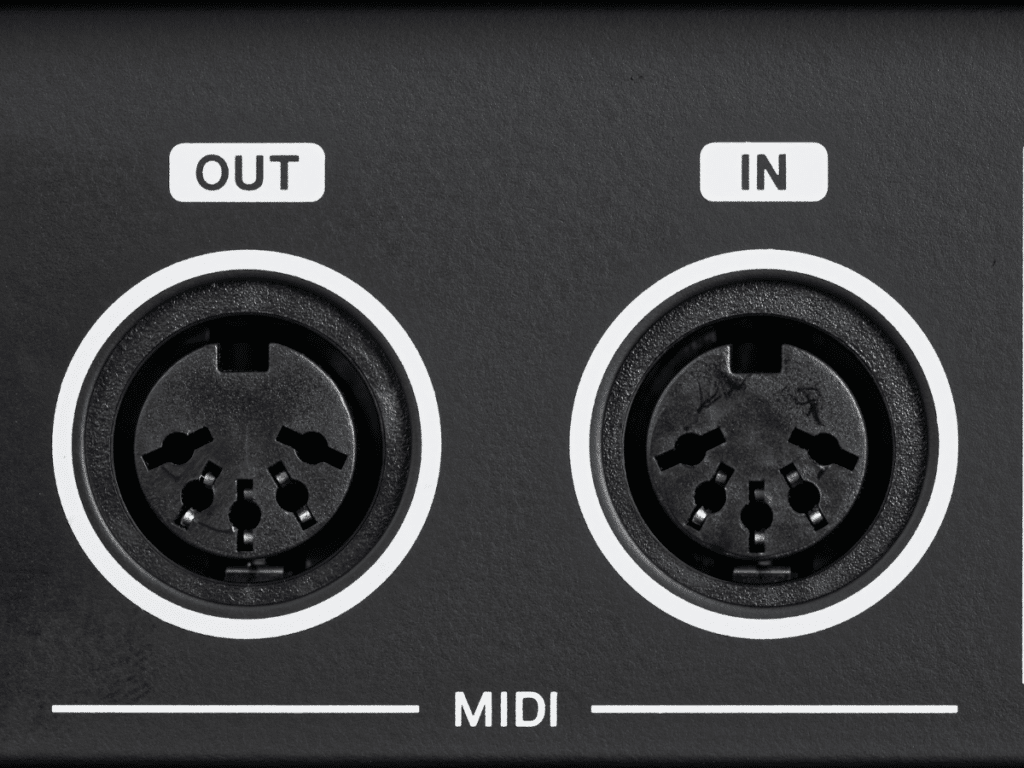
Historical Context and Evolution
The Roland XP-50, released in 1995, revolutionized music workstations by integrating the JV-1080 synthesizer engine with advanced sequencing capabilities. The XP-series later expanded to include models like the XP-60 and XP-80, enhancing features and performance.
Origins of the XP Series
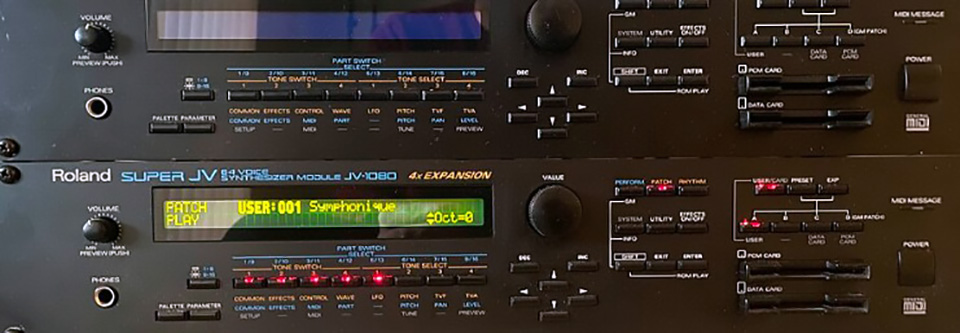
The XP-50 marked a bold step in synthesizer technology, debuting as a versatile music workstation that combined Roland’s JV-1080 sound engine with the advanced capabilities of the MRC-Pro sequencer.
Released in 1995, it represented a significant technological leap.
Roland, known for its innovative instruments, launched the XP series to create a comprehensive musical tool for both studio and live performances.
The XP-50 was the first of its kind, bringing together digital sound synthesis and complex sequencing in a single keyboard.
This combination wasn’t just about new technology—it provided musicians with an all-in-one solution. Enhancing creative processes became more accessible, and the XP-50 set a standard for future workstations. Its success paved the way for subsequent models in the series
Improvements Over Predecessors
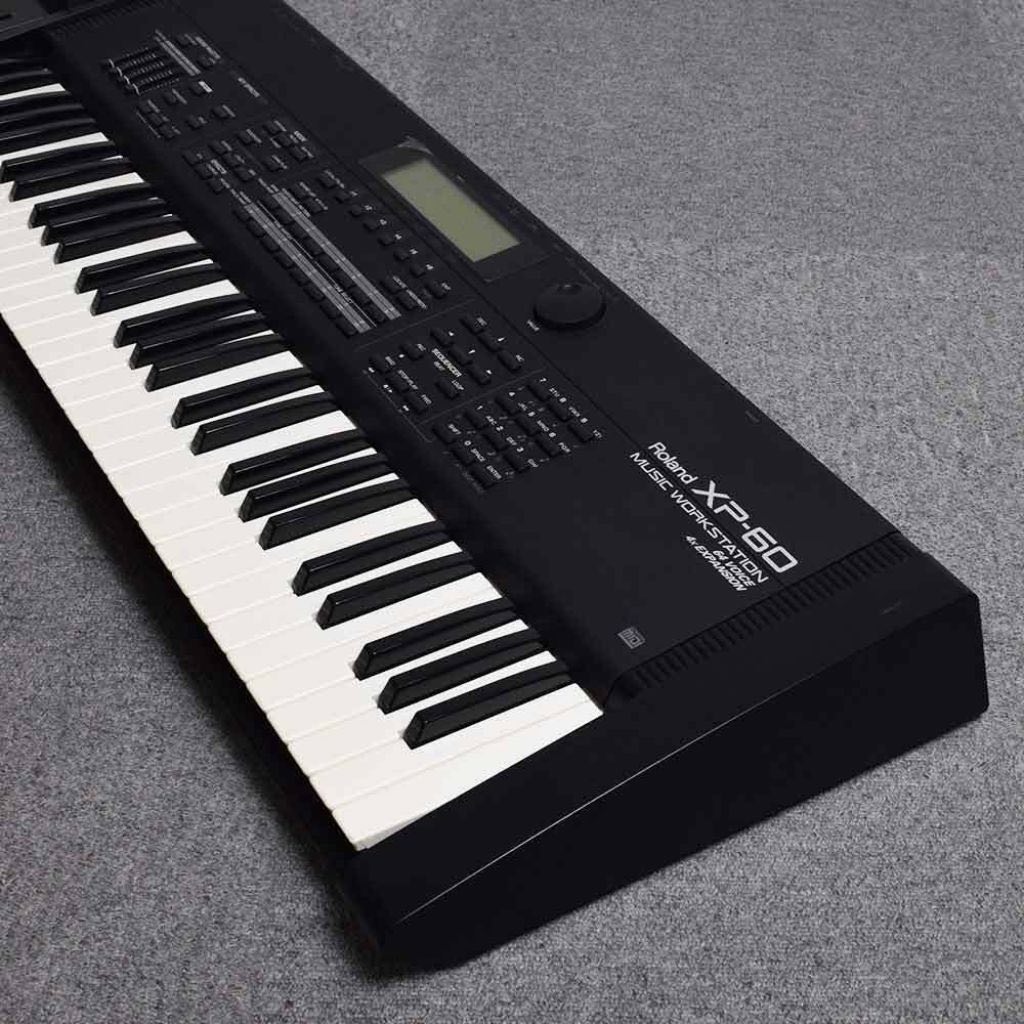
The XP-50 was the foundation for later models like the XP-60 and XP-80, which introduced numerous refinements.
While maintaining the core synthesizer features, these successors offered enhancements like a larger keyboard and improved weighted keys in the XP-80.
The XP-60 had a bigger display and additional sound outputs, making it more user-friendly. This model lineup met diverse needs, from those requiring robust sequencing to those valuing premium build quality.
As time progressed, Roland continued to innovate, leading towards workstations such as the Fantom series. These improvements maintained a strong link to the XP-50’s pioneering spirit while elevating performance and adaptability in newer generations.
Other Synthesizer Recommendations
Yamaha Montage
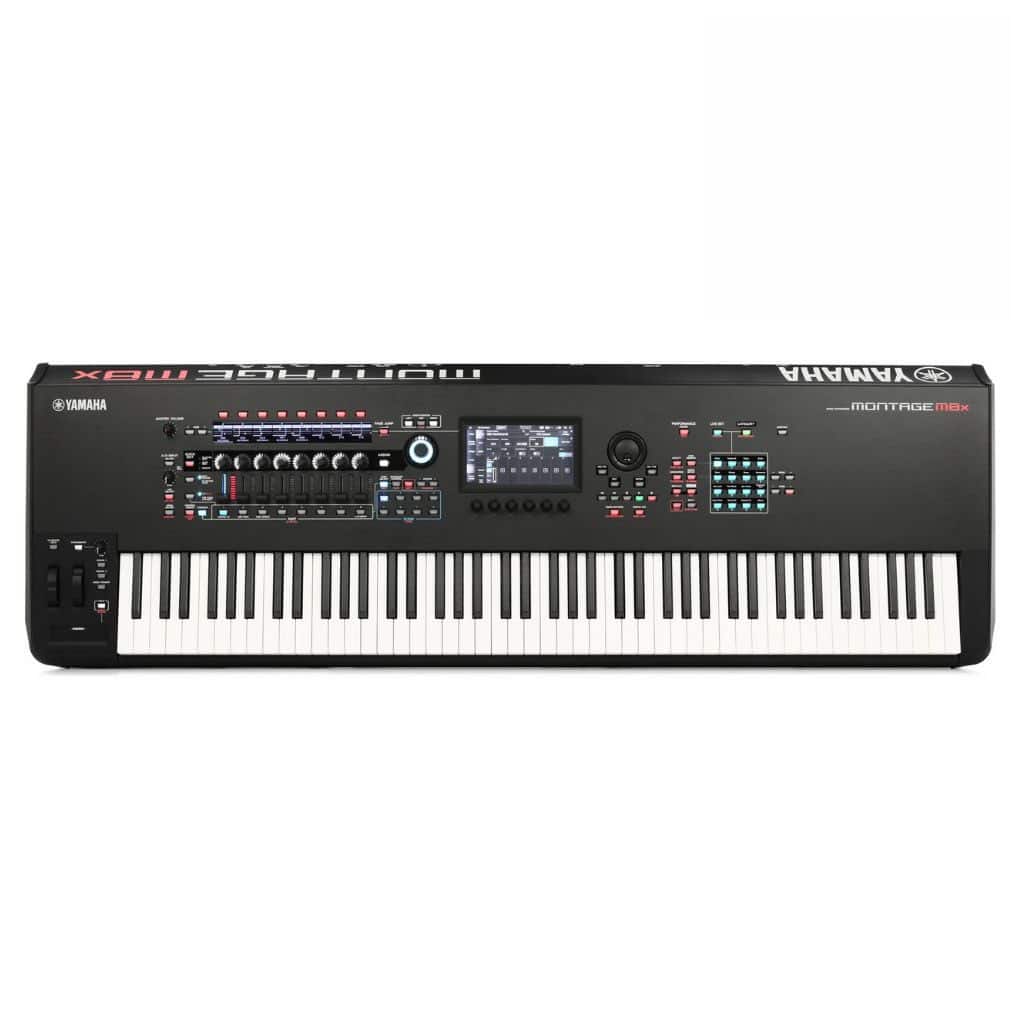
FEATURES: Motion Control Synthesis
OTHER INFO: Advanced Synthesis Engine
- Allows musicians to create dynamic and evolving sounds in real-time
- Equipped with various connectivity options, including USB, MIDI, and audio output
- Steep Learning Curve
When you click ‘Check Price’, you’ll see there are loads of great places to buy this item. Our personal favorite is Sweetwater for the US, and Thomann and Gear4Music for the UK & Europe.
They are the largest music retailers, with excellent customer service, competitive prices, really fast shipping, and the longest guarantees.
The professional musician who wrote this article combined many things,
from the product build, manufacturer’s reputation through to feedback
from other users, to create our famous TedScore™.
Roland Aira Compact J-6 Chord Synths
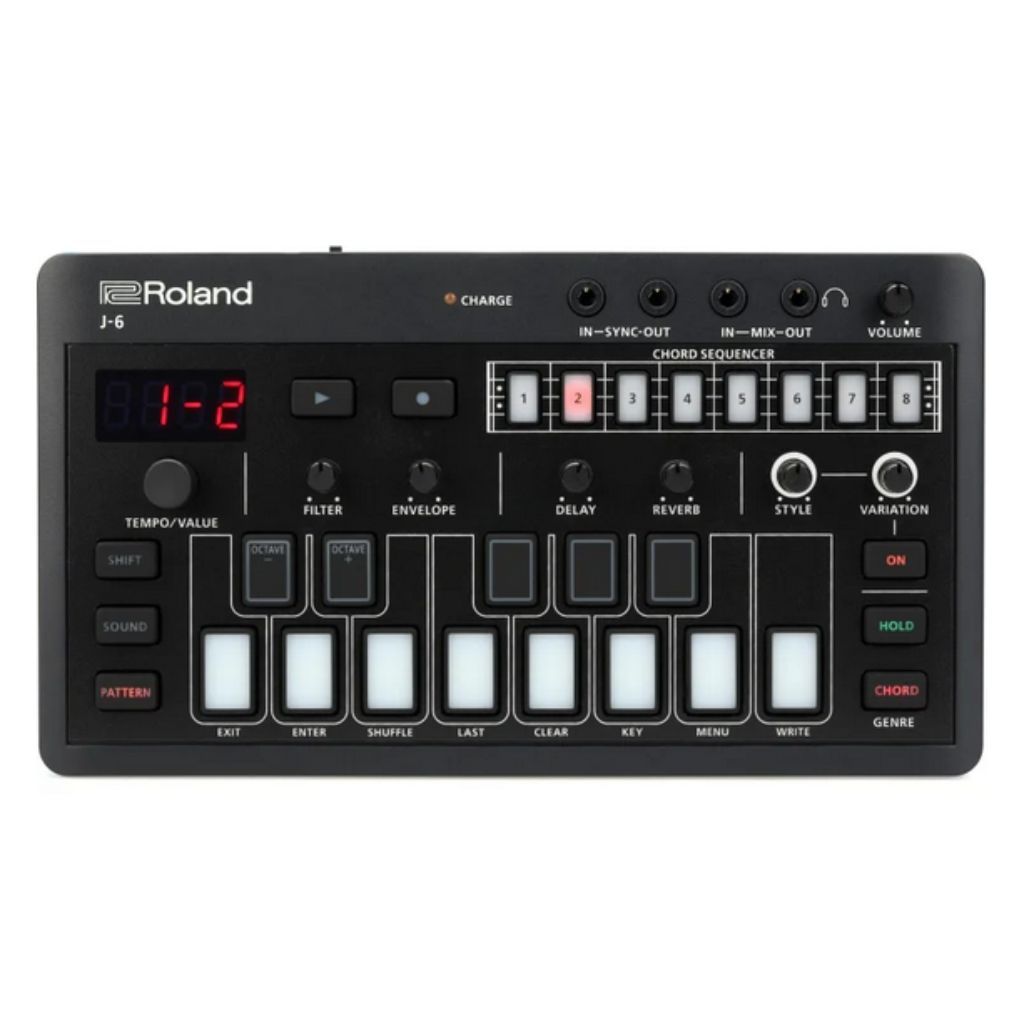
FEATURES: Create songs and experiment with 100 genre-based chord sets
OTHER INFO: Add arpeggios and rhythmic phrases to chords with its built-in arpeggiator - 9 styles/12 variations
- Four-voice Juno-60 synth engine complete with iconic sounds
- 64 ready-to-use synth presets from the original Juno-60
- May offer less sound design flexibility
When you click ‘Check Price’, you’ll see there are loads of great places to buy this item. Our personal favorite is Sweetwater for the US, and Thomann and Gear4Music for the UK & Europe.
They are the largest music retailers, with excellent customer service, competitive prices, really fast shipping, and the longest guarantees.
The professional musician who wrote this article combined many things,
from the product build, manufacturer’s reputation through to feedback
from other users, to create our famous TedScore™.
End Result:
Roland XP50
The Roland XP-50 is a powerful synthesizer that features frequency cross modulation, allowing for the creation of complex and rich sounds reminiscent of vintage synth. With its internal sequencer, musicians can easily compose and arrange their music, making it a versatile tool for both studio and live performances.
The XP-50 also includes three independent effects processors, providing users with the ability to enhance their sounds with various effects tailored to their needs. Additionally, it supports standard MIDI files, making it easy to integrate with other MIDI devices and software.
Renowned musician Julian Colbeck has praised the XP-50 for its flexibility and sound quality, which remains appealing even in today’s music landscape.
Whether you’re working with different time signatures or exploring old Roland sounds, the XP-50 offers a wealth of creative possibilities.
Don’t go yet…
For anyone considering a digital piano, the Yamaha Digital Piano Vs Casio offers a thorough comparison of both brands, helping you make an informed decision based on features, sound quality, and overall value.
FAQ's
The Roland XP-10 was released in 1996 as a part of Roland’s XP series of synthesizers and workstations.
The Roland XP-50 was released in 1996 as a part of Roland’s XP series of synthesizers, designed for both studio and live performance use.
To split the Roland XP-50, access the “Performance” mode, select the desired performance patch, and then use the “Edit” function to assign different MIDI channels to the left and right sections of the keyboard, allowing you to play two different sounds simultaneously.
To reset the Roland XP-50 to its factory settings, turn off the power, then while holding down the “Enter” button, turn the power back on to initiate the reset process.


